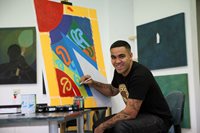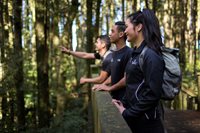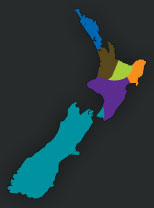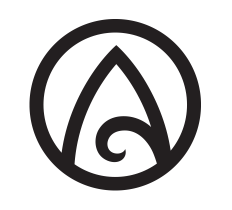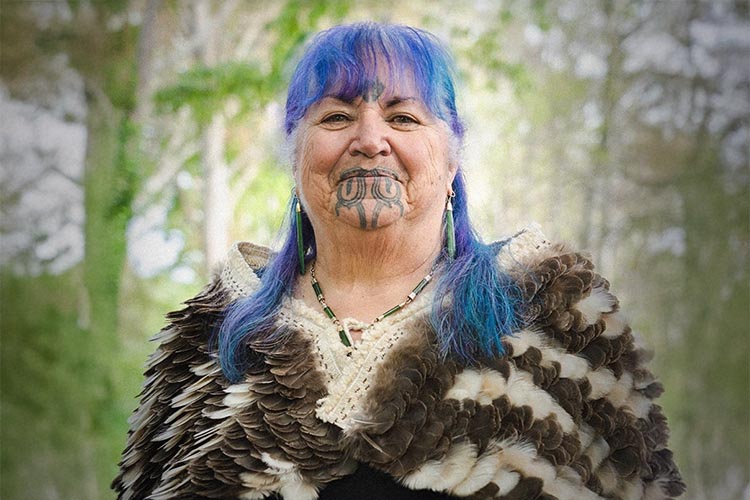The benefits of having a workspace assessment are clear to marketing assistant Gemma Conn.
Gemma, who works in Te Puna Mātauranga, asked for a workspace assessment after experiencing neck and back pains.
While it will take a few weeks before she’s likely to feel the benefits, Gemma says it was a beneficial experience having environmental advisor for Te Waenga takiwā Riri Reo check her workspace.
“Yes, I found it really worthwhile,” she says.
“I learned lots of practical tips that I can do for myself. I found out that my chair was too low and that I should be looking at the middle of the screen. I had no idea I was sitting too low.”
Gemma says she also learned not to let the space under her desk get too cluttered – one of the most common observations our workplace advisors encounter - and to remember to take small breaks every hour.
“I’m so glad I did it. I learned things I wouldn’t have otherwise thought of.”
She says Riri also highlighted other areas to be aware of, including lights being too bright and cluttered spaces under desks, which can cause people to twist and turn around their workspace.
If any kaimahi are experiencing pain and/or discomfort which may be related to the work environment, a Work Environment Assessment can be requested via Te Marupainga.
- They can be contacted by any of the following means:
- Email temarupainga@twoa.ac.nz
- contact your takiwa Environment, Safety & Wellness Advisor directly: Kasey Joe (Te Ihu), Riri Rio (Te Waenga) or Bronwyn Hautapu (Te Kei)
- contact any of your head office ESW team directly: Harata Samuel (ESW Lead), James Mackenzie (SME ESW), Pua Phillips (SME Wellness)
- 0800 777 404 (Kiriwhanake 0800 no) and asked to be transferred to H&S
The most common observations made by our Advisors completing the assessments for kaimahi experiencing discomfort are:
- Clutter under desks or on desks preventing optimal ergonomic access to desk top, key board and mouse.
- Chair not appropriately adjusted to kaimahi height, width/breadth.
What to watch for when setting up your workspace:
- You need to ensure your monitor screen is placed directly in front of you with the top of the monitor no higher than eye level and an arm’s length away is ideal.
- The keyboard should be placed directly in front of the monitor, so you don’t need to turn your head and neck.
- Your hand should be placed over the mouse (not just your fingers) and the mouse should sit directly in front of the hand using it and not on an angle.
- Kaimahi should take regular micro-breaks from their work to stretch, stand up and walk around once an hour.
- It’s important that your chair has been adjusted correctly to sit ergonomically under your workspace, your feet flat on the floor and your calf and thigh positioned at a 90-degree angle while sitting.
- If your feet can’t touch the floor, a suitable footrest should be used.
- You should be able to move your chair as close to your work as possible to avoid leaning and reaching.
If you need help with this, please book a work environment assessment.






